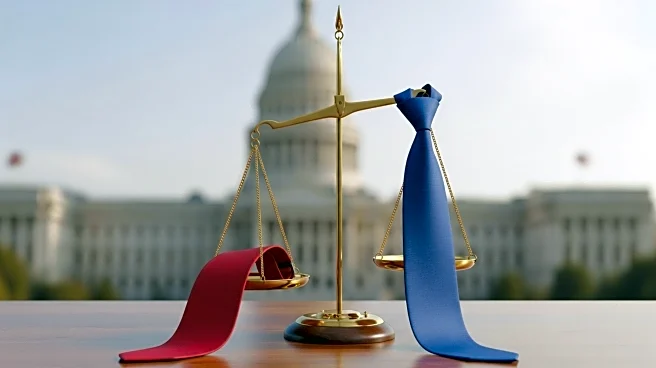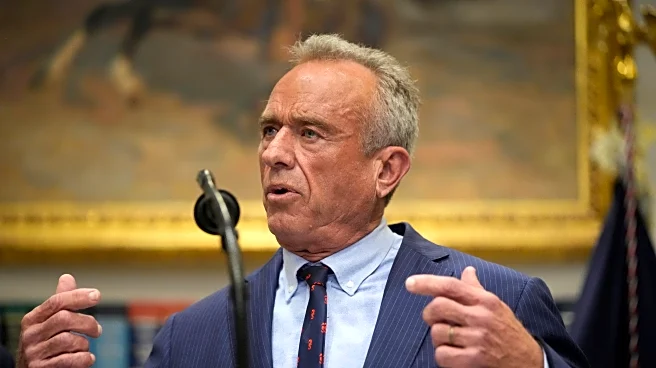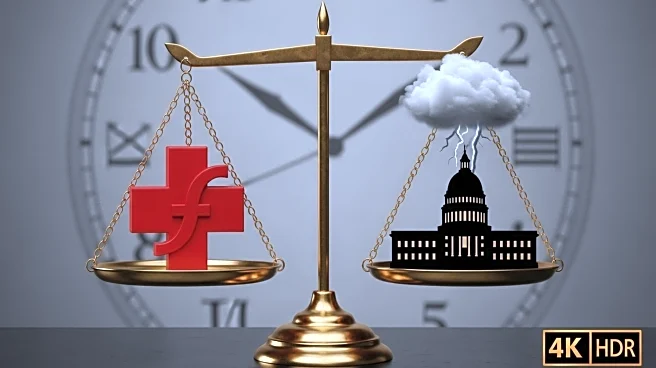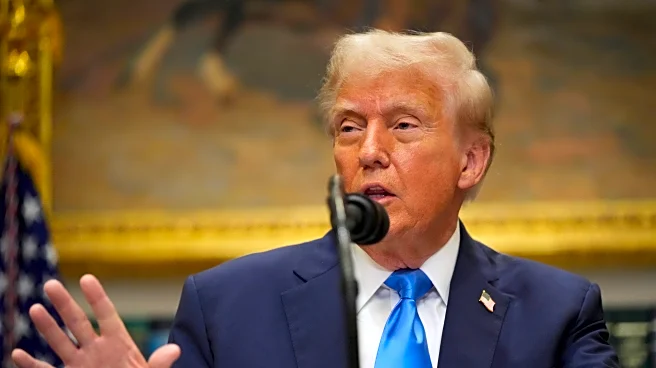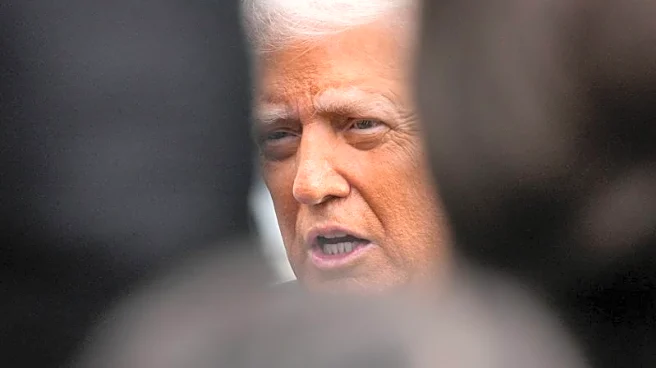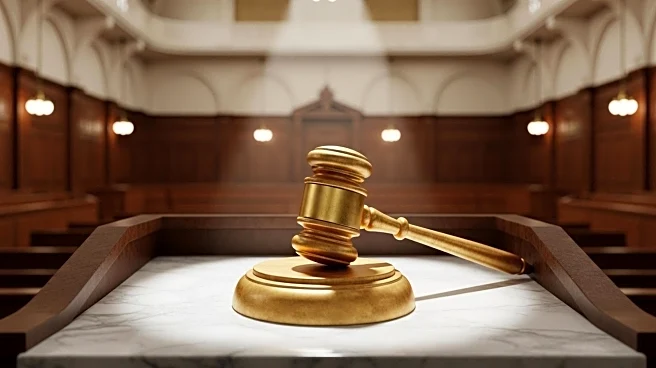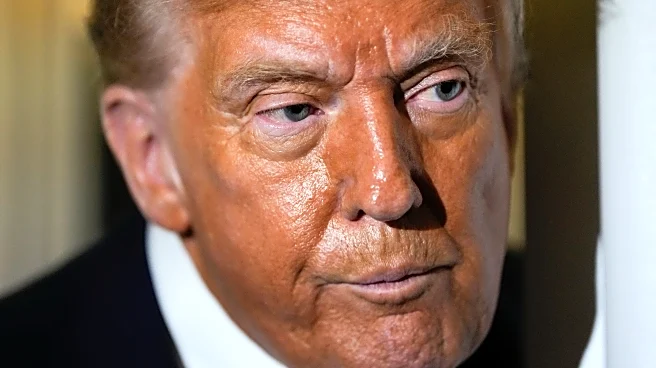What's Happening?
The federal government is on the brink of a shutdown as Congress struggles to pass a spending bill before the October 1 deadline. The impasse is primarily due to disagreements between Republicans and Democrats over extending enhanced premium subsidies for Affordable Care Act coverage. If a shutdown occurs, it could significantly impact federal employees, who may face unpaid furloughs. Previous shutdowns have led to the closure of national parks and museums, stalled food inspections, canceled immigration hearings, and delayed federal lending to homebuyers and small businesses. Essential services like Social Security payments would continue, but disruptions in air travel could occur, as seen during the last shutdown under President Trump.
Why It's Important?
A government shutdown would have widespread implications for various sectors and individuals across the U.S. Federal employees would be directly affected, facing potential unpaid leave, which could lead to financial strain. The shutdown could also impact public services, including national parks and museums, affecting tourism and local economies. Additionally, delays in federal lending could hinder homebuyers and small businesses, potentially slowing economic growth. The political stalemate highlights ongoing partisan divisions, which could influence future legislative negotiations and public policy decisions.
What's Next?
If Congress fails to reach an agreement, the government will shut down, leading to immediate disruptions. Lawmakers may face increased pressure from constituents and stakeholders to resolve the impasse quickly. The shutdown could prompt renewed negotiations, with potential compromises on contentious issues like healthcare subsidies. Political leaders may also explore temporary funding measures to keep the government operational while continuing discussions. The situation could influence upcoming elections, as voters assess the effectiveness of their representatives in managing government operations.


